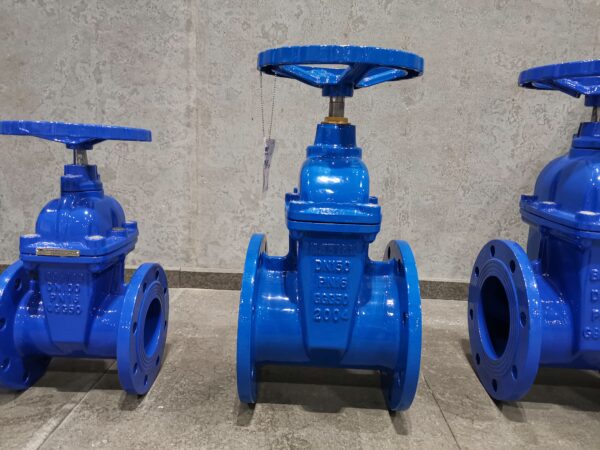Underground Gate Valve with Maximizing Efficiency
When it comes to underground gate valve, maximizing efficiency is crucial for effective fluid control in buried pipeline systems. Here are some key considerations and strategies for maximizing efficiency with underground gate valves:
Proper Sizing and Selection:
Choosing the right size and type of underground gate valve is essential for maximizing efficiency. Ensuring the valve is properly sized for the flow requirements of the system helps minimize pressure losses and maintain optimal flow rates. Gate valves with low head loss characteristics, such as full-bore designs, can further enhance efficiency by reducing the resistance to flow.
High-Quality Materials and Coatings:
Selecting underground gate valves made from high-quality materials, such as ductile iron or stainless steel, ensures durability and longevity. These materials offer excellent resistance to corrosion, erosion, and wear, which are common challenges in buried environments. Additionally, choosing valves with appropriate protective coatings or linings can further enhance their resistance to corrosion and extend their service life.
Optimal Valve Placement:
Proper placement of underground gate valves is crucial for maximizing efficiency. Valves should be strategically located to minimize pipeline lengths and reduce pressure losses. Consideration should also be given to accessibility for maintenance and operation purposes, ensuring ease of valve operation and reduced downtime during maintenance activities.
Efficient Actuation Systems:
Implementing efficient actuation systems, such as electric, hydraulic, or pneumatic actuators, can improve the efficiency of underground gate valves. These systems allow for remote and automated control of valve operation, reducing the need for manual intervention and optimizing the response time for flow adjustments. Efficient actuation systems also enable real-time monitoring and control, contributing to overall system efficiency.
Regular Maintenance and Inspection:
Conducting regular maintenance and inspection of underground gate valves is vital for maximizing their efficiency. Routine maintenance activities, such as lubrication, cleaning, and seal replacement, ensure smooth operation and prevent issues like valve seizing or leakage. Regular inspections help identify any potential problems or performance degradation in a timely manner, allowing for proactive maintenance and minimizing the risk of unplanned downtime.
System Monitoring and Control:
Implementing a comprehensive system monitoring and control system can significantly enhance the efficiency of underground gate valves. Utilizing technologies such as pressure sensors, flow meters, and control systems enables real-time monitoring of pipeline conditions. By continuously monitoring pressure, flow, and other parameters, adjustments can be made to optimize valve settings and ensure efficient operation.
Training and Operator Awareness:
Providing proper training to system operators and raising awareness about the importance of efficient valve operation can have a significant impact on maximizing efficiency. Operators should be trained on valve operation procedures, including proper opening and closing techniques to minimize pressure surges. They should also be educated on recognizing signs of valve performance issues and responding appropriately to ensure optimal efficiency.
System Design Optimization:
During the initial system design phase, optimizing the layout and configuration of the underground pipeline network can help maximize efficiency. Minimizing the number of bends, elbows, and fittings reduces pressure losses and improves flow characteristics. Proper consideration should be given to pipe sizing, hydraulic calculations, and the placement of gate valves to ensure efficient fluid flow throughout the system.
In summary, maximizing efficiency with underground gate valves involves proper sizing and selection, high-quality materials and coatings, optimal valve placement, efficient actuation systems, regular maintenance and inspection, system monitoring and control, training and operator awareness, and system design optimization. By implementing these strategies, the efficiency and performance of underground gate valves can be optimized, leading to improved fluid control and overall system efficiency.



Comments
Post a Comment